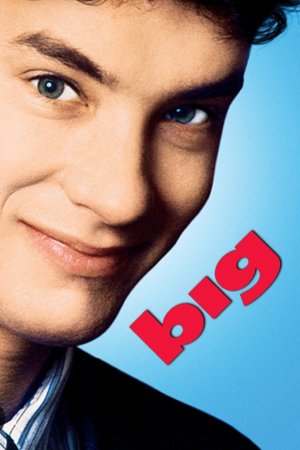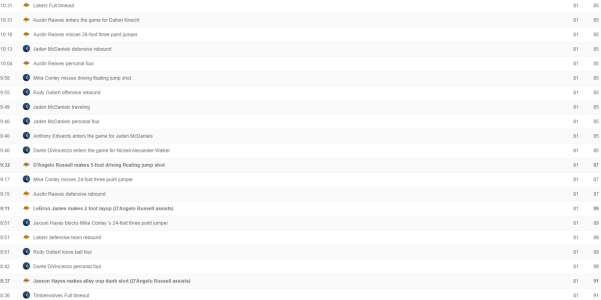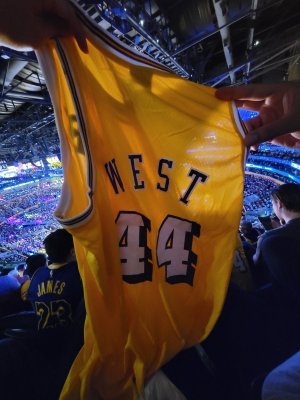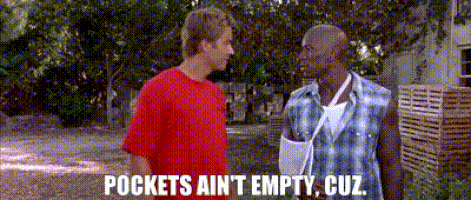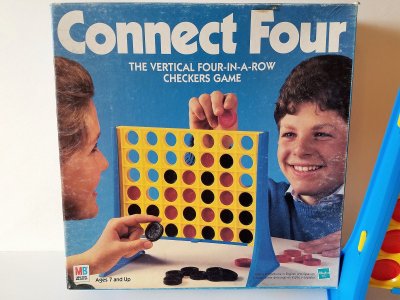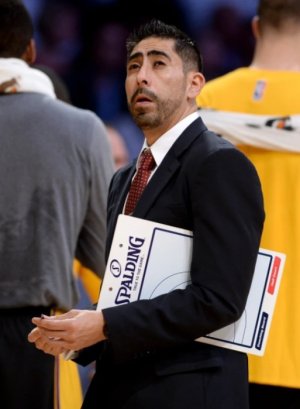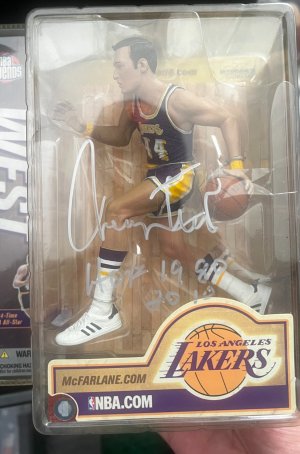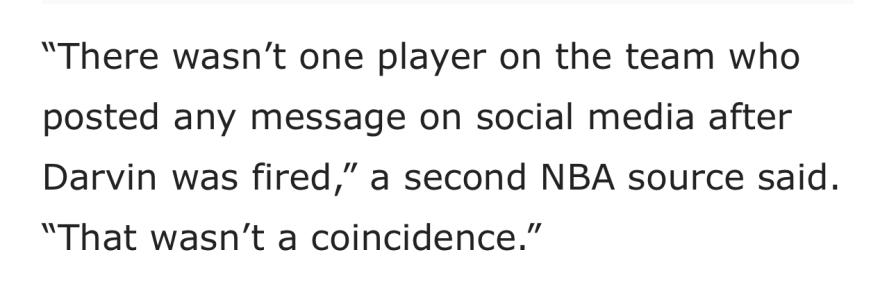- 16,434
- 17,382
- Joined
- Feb 17, 2019
I agree.Disagree
7footers win championships. I’m the only one that sees it, unfortunately .
Michael Jordan doesn't win 6 titles if he had scrubs like Elmore Spencer and Stanley Roberts instead of Bill Cartwright and Luc Longley.
Imagine if Bird never had The Chief and Bill Walton in '86 and instead had Paul Mokeski and Caldwell Jones battling it out against Olajuwon and Sampson in the Finals

You absolutely nailed it bro

Last edited:
















